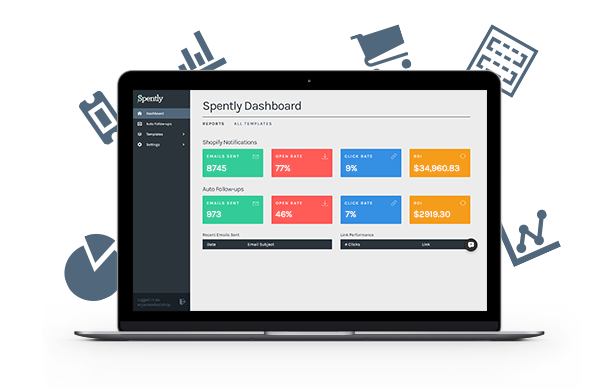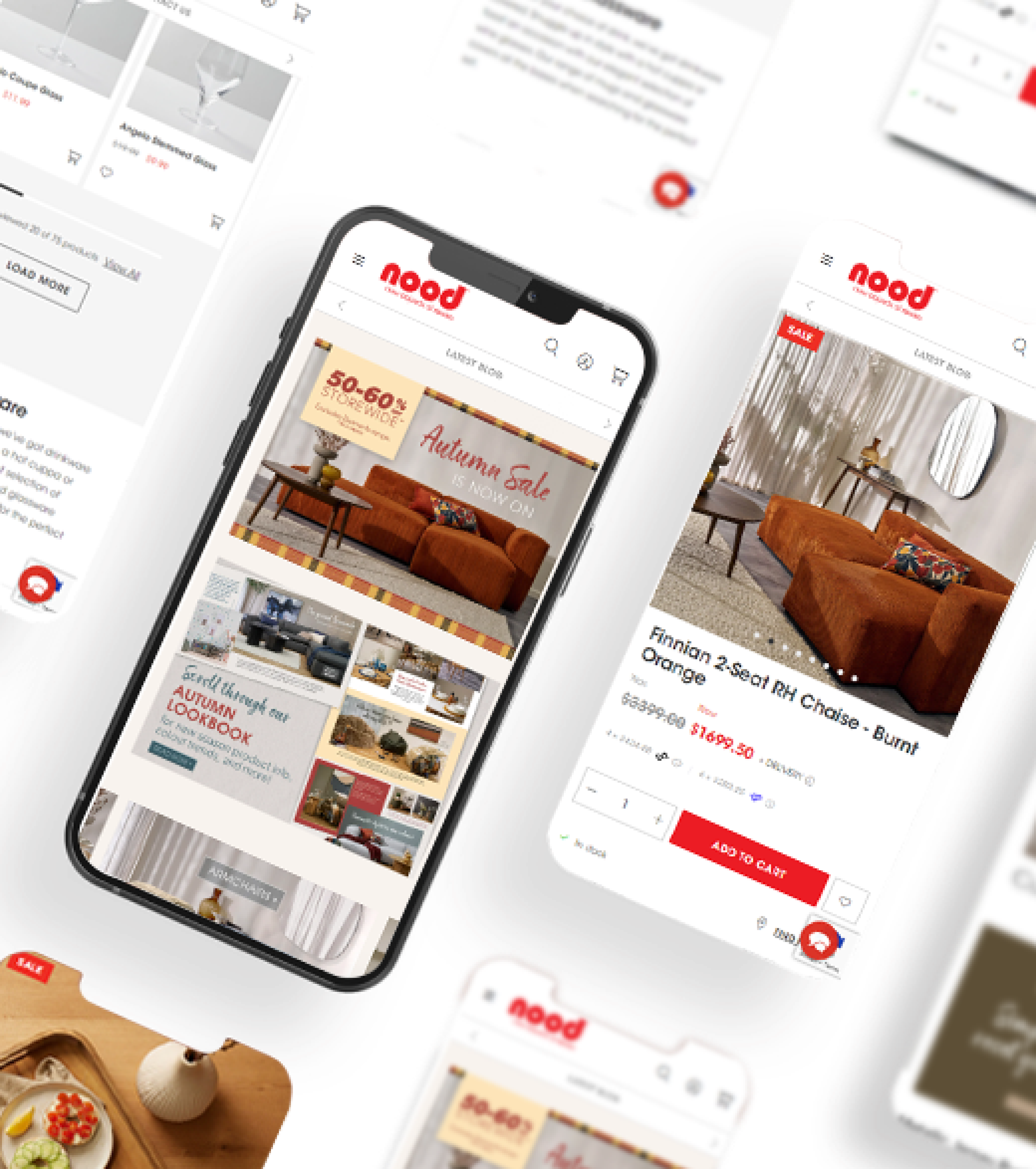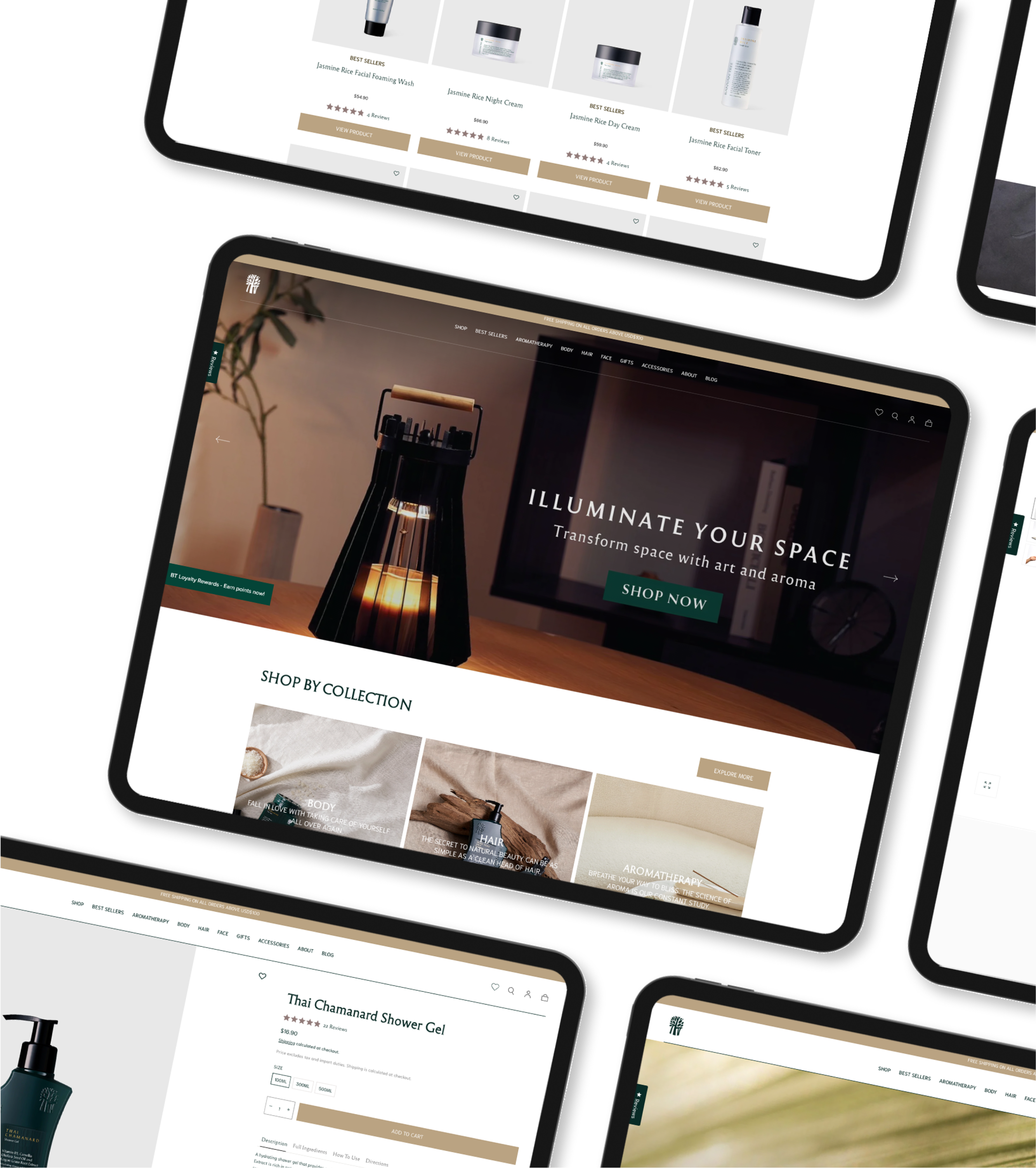A few things make our expert ears perk up around Zyber. One thing that really gets us buzzing is a phrase with three brilliant words – conversion rate optimization. Music to our ears.
As eCommerce and Shopify experts, we know that CRO (conversion rate optimization) is what takes your online store from ‘ok’ to ‘wow’. And why wouldn’t it? We’re talking more of the right customers on your site, more sales converting, more money in your pocket. It’s the kind of results driven straight from data that we love to see making a difference for our clients bottom line.
Through custom analysis and data driven strategies, a Shopify expert will be able to optimise your conversions and increase profit rates. How?
- Proven processes
- Tools and apps
- Copywriting
- Psychology
- User Experience (UX)
- Testing
We love it because at Zyber we are all about the data. We measure and optimize every change we make to a website to ensure we’re producing a positive ROI. Nothing is up to chance, or opinion. We know there are ways to grow and improve your CRO without increasing your traffic, and optimizing your Shopify site means turning visitors into paying customers; designing your site with your customers at the forefront of your mind.
Conversions are a big deal – it’s the moment a website visitor turns from a browser, to a customer. It’s using expert knowledge to increase revenue without spending money on traffic acquisition. Ready to put money into your pocket, without increasing website traffic?

Proven processes
eCommerce is a contextual art. What works for Joe down the road won’t necessarily work for you and your business. The solutions for their site can’t, and shouldn’t be, brought in and applied to your website. Your business, target audience and product are unique to you.
We advise approaching CRO by looking at systematic processes, as opposed to applying blanket tactics or ‘golden rules’.
CRO starts with driving new growth through solid research and data based experimentation. Research helps you understand your visitors and what they do, experimentation helps you find the best solution for any issues.
Learn from insights, and make your Shopify store the focus.
- Research: Qualitative and quantitative research gives you unique insight on any problems your site may have. Use tools like Google Analytics and Facebook Pixel to track current conversions, and tell you about your current audience.
- Test: Experiment with ideas using priority testing. Read more about testing below.
- Analyze: What do the results tell you?
- Record and implement: Use the insights from your experiments to adjust, refine and optimize.
Put context at the forefront of your CRO strategy, and come out on top.
Learn about research techniques and bringing the right traffic to your website here.
Want to know what Zyber does for our own marketing strategy? We stay on-top of the competition by reviewing our research data weekly; we recommend you do the same. If you want an aggressive marketing strategy this is a great way to review how campaigns are tracking and to see what adjusting and optimization needs to be changed.
Tools and apps
Using expert tools and apps on your Shopify store is one clever way to improve your CRO. Why? Because with applications come automated features – once those are up and running, you’re saving time and gathering important analytical data without lifting another finger. All of that equals one thing – more money in your pocket.
One tool we highly recommend using to improve your CRO is Spently, an email conversion application. Spently takes your everyday emails next level – by turning your standard notification emails into a strong, stand alone sales channel.
Read about all driving repeat purchases straight to your Shopify store with emails.
Google Analytics is another one of our must-have tools, and it’s free so you have no excuse not to get it up and running. You can use GA to track specific Goals on your website, giving you valuable insight into what’s converting, what isn’t, and how much it’s costing you.

Copywriting
Approaching CRO with an experimentation mindset is key – you must be willing to grow (we know you are), and at times growth can feel a tad uncomfortable. Think of it like growing pains that will lead to a peak; more conversions.
Let’s start by looking at copywriting. Sure, we all know it’s an art that involves skillfully weaving words (like the ones you’re reading right now), but it’s also an art that persuades, sells and teaches. Most importantly, copywriting is just as data driven as all other CRO techniques.
Conversion copywriters:
- Look at and interpret data from analytics
- Review raw data from research, and
- Contribute to wireframing discussions and UX.
CRO copy is much more than fluffy language – it’s the identification of words and copy in the language of your customer, that’s then strategically placed throughout the sales funnel.
Copywriting may seem like an exercise in creative writing, however it’s more data-informed and scientific than first glance. It’s also one of your biggest selling tools, so it pays (in more ways than one), to get it right.
Let’s break it down.
CRO Copywriting
- Define your audience, including audience segments e.g. abandoned cart, repeat customers, new customers, inactive customers.
- Outline your CRO goal and a list of questions you need to answer.
- Conduct research – at this stage, qualitative including internal and customer interviews, surveys, and review mining.
- Identify patterns within your research. What words and phrases stand out? What was repeated? Are there objections or benefits that kept coming up?
- Turn the data into solutions. Start by defining your messaging using hierarchy; for example the more frequently a pain point came up during your research, the higher it should be. Use this to create a wireframe, clearly laying out your copy.
Research, as you can now see, is a huge part of CRO copywriting. It defines the context. You can use it to understand the customer journey, and optimize copy from the beginning, right through to end.
Psychology
As you’ve just read, qualitative data is a huge part of CRO. Yes, we love to crunch numbers, look at stats and gather analytics – but research doesn’t stop there. When you’re converting website visitors into paying customers, you have to look at the psychology behind their actions as well.
CRO is, after all, the practice of persuading visitors to change their behaviour for your benefit.
The blending of qualitative and quantitative data is incredibly powerful.
Begin to ask yourself (and research):
- Why do your visitors act a certain way on your site?
- What motivates them?
- How do you reward them?
- How do you answer their needs on your product, landing pages and emails?
You can have tons of data at your fingertips – but at the end of the day if you don’t understand your customer and create the experience they want, you’ll never get the results you want (we’re talking more sales, of course).
Elements of psychology within CRO
Cognitive Bias: Dozens of biases influence every decision your visitors and customers make. You can use these biases to persuade more effectively.
Emotional Persuasion: The human brain is incredibly emotional. Appealing to emotion instead of exclusively logic can be effective.
General Persuasion: Understanding how the brain works, how it makes decisions, how it compares options, etc. can put you in a powerful sales position.
The aim is to use the data and research you now have to alter your customer’s behaviour. To change those visitors (and convert them) into paying customers.
CRO psychology combines your understanding of your customers, the data, and utilizes psychological aspects to change their behaviours. It can just as drastically affect your bottom line as any other CRO data.
User Experience (UX)
When looking at the effect UX has on your CRO, we highly recommend starting with a heuristic analysis of your site.
Look at your website page-by-page, and evaluate using these factors:
- What’s motivating your visitor to take action?
- What’s difficult to do, what causes blocks?
- Is anything taking away from the top CTA?
- Are there irrelevant or out of context aspects?
- Is everything clear, or are some elements too complex?
Link back to your qualitative conversion research for copywriting, that we detailed above – it’s relative here too.
Optimizing your UX for conversions should be making sure you’re answering your customers top questions.
The goal for utilizing UX for conversions is simple; one page, one goal. Be intentional with every element – what can you offer the customer, and what can they do for themselves? Focus on those two elements (value and call-to-action) and you’ll have a winner.
Key UX guidelines for CRO
- Focus on the value: Every element of every page should deliver something to the visitor.
- Serve the visitor first, every time.
- Ensure your CTA’s and products are purposeful and provide value
- Take note of your prime real estate; anything above the fold gets extra attention
- Keep testing CTA’s to improve the bottom line!
Use tools to open up extra insights into UX. We recommend starting with tools like Hotjar; the golden child of UX and gives website tracking a whole new dimension using video recording – the kind of data-driven analysis that Zyber loves. You can use the data you find to create a more refined UX – leading to more clicks, more time spent on your site, and a higher conversion rate.
Testing
Speaking of testing, we’ve left this one to last for a reason – it’s something we at Zyber do exceptionally well, and we want you to as well.
At Zyber, we use data to measure and optimize every change we make to a website, to ensure that those changes are giving a positive ROI. Opinions are great, but this isn’t the place for them. We want to know exactly what works, and what doesn’t.
How do you begin to test for optimal conversions and more sales from the website traffic you already have?
First up, make sure you have a solid marketing strategy in place already. Look at aspects like technical SEO (Search Engine Optimization), on page SEO (content strategy), email campaigns and PPC (pay-per-click) ad campaigns.
You want to know that you’ve laid solid foundations, before randomly testing and experimenting. This gives you the chance to find solutions you may already be standing on.
A/B testing
One of the foundational elements of CRO, A/B testing, (also known as split testing) compares two versions of the same webpage. You then determine which page produces better results and more conversions.
A/B testing shows how small changes, shown to a relatively similar audience, can produce different outcomes. It does require a certain amount of website traffic to begin with, to ensure you’re getting an accurate reflection from a statistically significant sample size.
“Since working with Zyber, our customers are spending more time online (increased average session time by 75%), making more purchases (increased conversion rate by 120%), and coming back for more (increased repeat customer rate by 450%).”
Hayley Addison, Addison clothing
Use tools to track sales
Tools like Google Analytics, Hotjar and Hubspot all provide valuable information for marketing managers to improve overall CRO.
Focus on priority testing
After research and experimentation, you’re often left with dozens of growth ideas and CRO testing opportunities. Use a prioritization method to decide what to do first, like the ICE method (impact, confidence, ease).
Conclusion
Copywriting and psychology, testing and UX – CRO really is a contextual art. One that focuses less on tactics, and more on proven processes.
It’s about data-driven strategies and custom analysis; designing your site with your customers in mind, and using expert tools and services like Zyber to help get your site turning over a larger profit.
There’s no one-size-fits all “hack” to converting your website visitors into customers, but a number of expert guidelines we highly recommend following.
Are you ready to grow your Shopify store with the best of them? Send your profit margins sky-rocketing without spending money on traffic acquisition? Start with conversion rate optimization and let your sales speak for themselves.





